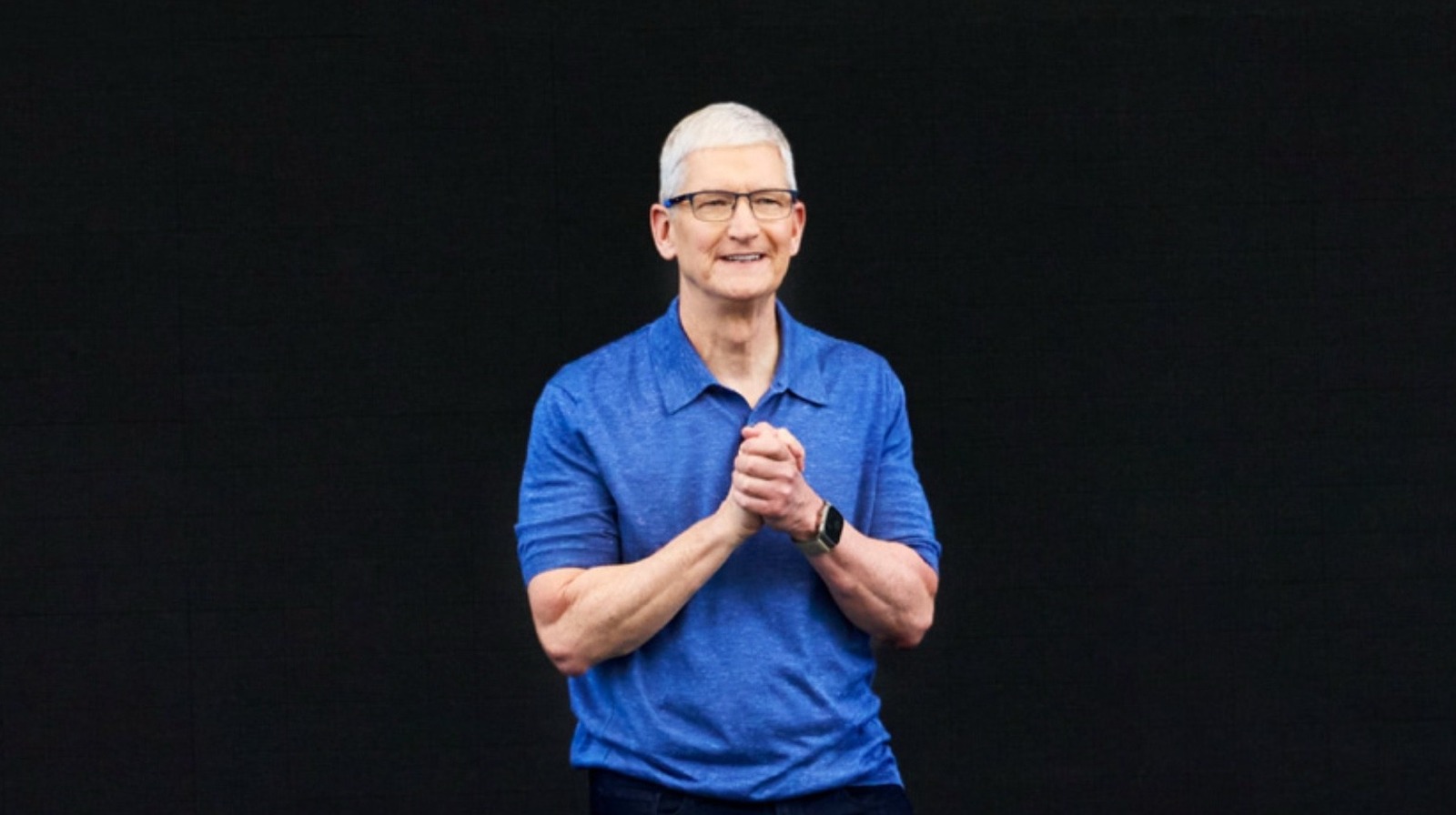We’re entering an era where the boundaries between healthcare, genetics, and AI are dissolving.
What used to exist in silos — AI-driven diagnostics, genomic sequencing, disease treatments — is now converging into something far more powerful: a unified, adaptive model of healthcare. One where treatment not only leverages advanced technologies but is also personalized to your DNA.
This isn’t science fiction. It’s already happening — and it’s reshaping how we think about health systems, innovation, and even sovereignty.
From Biology to Predictive Models
Treatments and diagnostics have always held the promise of personalization. But until recently, that promise was limited by high costs and fragmented data systems.
Sequencing and AI began changing this a few years ago. But the focus on aggregating data and leveraging it toward precision diagnostics and targeted treatments is something we’re seeing at scale right now.
Machine learning models are now accelerating everything from drug discovery to early disease detection. Genomic and proteomic data, once used primarily in research, can now be processed at scale. AI can spot patterns across populations — and within individuals — faster, more precisely, and more accurately than ever before.
But AI or research developments alone cannot fulfill their promise unless ecosystems are built and regulations are supportive.
This is where GCC countries — particularly Saudi Arabia, the UAE, and Qatar — are placing these efforts at the heart of their healthcare systems. These nations have unlocked the value of ecosystem-building and are rapidly evolving into health oases within the Middle East and Africa.
Why Behavioral Data Is the Missing Layer
We often treat mental health, lifestyle choices, and social factors as secondary. But in reality, they are critical predictors of clinical outcomes — especially for chronic illness, cancer recovery, and preventative care.
Now, wearable devices, voice pattern analysis, eye tracking, and even digital interaction data are giving us real-time insight into patient behavior. And when combined with biological data, we start to see a more complete picture:
- Not just what someone is at risk for
- But when they’re most vulnerable
- And how to intervene in the most effective way
The convergence of these data layers opens up an entirely new category of care: adaptive, predictive, and human-centered.
Why the Global Health System Is Moving Slowly
Here’s the problem: most health systems were never designed to support this kind of integration.
Governments are building AI task forces and piloting genomics programs, but the infrastructure — both digital and ethical — is lagging. Data silos persist. Cross-border regulation remains unclear. Reimbursement models still reward treatment, not prevention.
In many regions, especially across emerging markets, there’s an opportunity to leapfrog — to build systems that treat genomic, behavioral, and clinical data as one integrated ecosystem.
But that requires foresight. It requires trust. And it requires new tools.
What Needs to Happen Next
As someone who’s worked with institutions across MENA, Africa, and Eastern Europe, I’ve seen the urgency firsthand.
The solution isn’t just more AI, more data, or more wearables. It’s about aligning policy, infrastructure, and trust in a way that supports this convergence:
- Infrastructure that connects genomic and clinical data
- Regulation that enables ethical use — without stifling innovation
- Investment in interoperable systems across borders
- Cultural literacy — because how we define “health” is deeply human and local
We can’t build the future of healthcare by optimizing individual technologies. We need to design for integration from the start.
Final Thoughts
The convergence of AI and health data isn’t a trend — it’s a transformation.
It will challenge how we regulate, how we treat, and how we define health itself. The question isn’t if this future arrives — it’s who gets to build it, and whether we’re building it for everyone.










